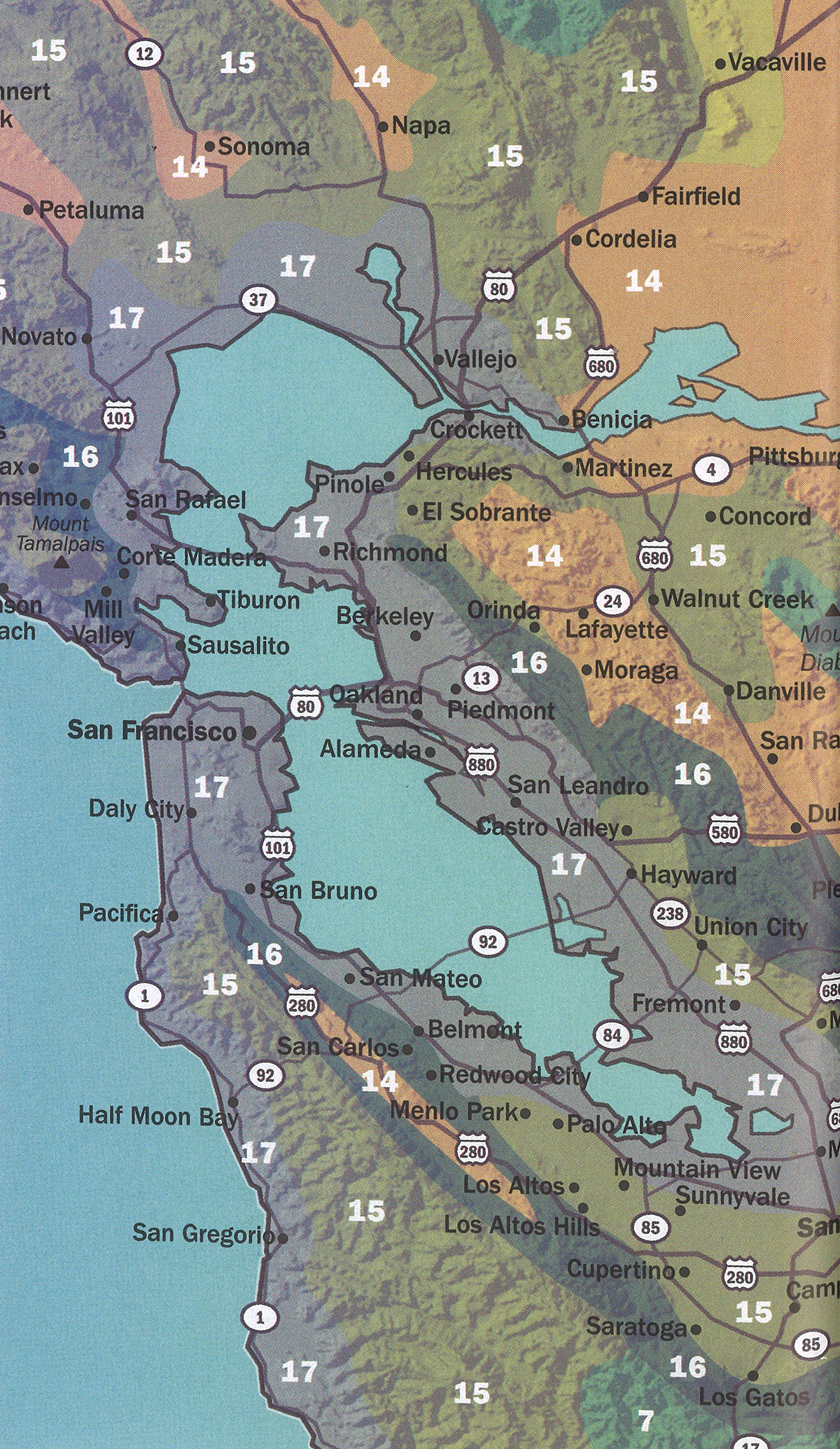
| height | 12–35ft | |
| width | 10–35ft | |
| tolerates | Coast, Cold, Cool Summers, Drought, Deer , Fog, Gophers, Heat, Moist Soil, Neglect | |
| water needs |
Low – Moderate | |
| water info |
California buckeye is a thoroughly drought-tolerant plant where average annual rainfall reaches 14 inches or more. If not irrigated or planted in a naturally moist location like a stream bank, it naturally drops its leaves from mid to late summer. Plant in fall or winter, soak thoroughly and give it biweekly waterings through the first year by allowing a slow trickle of water to percolate into the soil around the plant. Thereafter give it monthly soakings to keep foliage green till fall, or wean it off water after the second year for a natural show of golden summer foliage as it goes dormant. Irrigated trees will grow faster than those surviving on natural rainfall. |
|
| hardy to |
5F | |
| exposure | Part Sun – Full Sun | |
| indoor outdoor |
Outdoor | |
| drainage | In Ground: Cactus Mix, In Pots: Potting Soil, Tolerates Heavy Soil, Tolerates Sandy Soil | |
| fertilizing | Low Needs | |
| origin | California | |
| california native |
Yes | |
| sunset zones |
4–9, 14–24 |
Full Sun
Six or more hours of sun beams directly landing on the plant's leaves.
Part Shade
Three to five hours of sun beams directly landing on the plant's leaves.
Part Sun
One to two hours of sun beams directly landing on the plants leaves.
Full Shade
The plant is never fully lit by sun beams,
but is in a bright spot or has dappled sunbeams playing over the leaves throughout the day.
Deep Shade
The plant never has dappled light on the leaves, and is in a place that feels dim, even on a nice sunny day.
